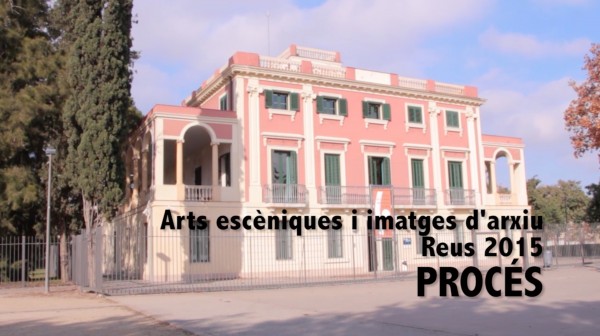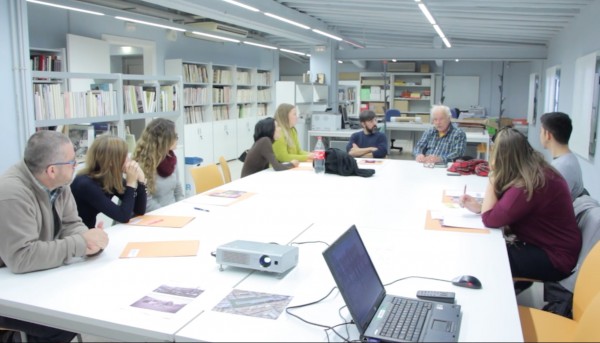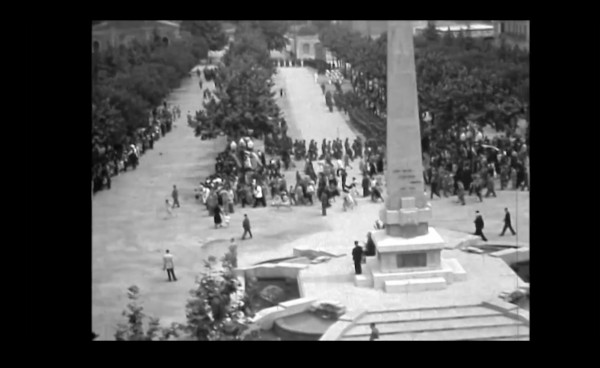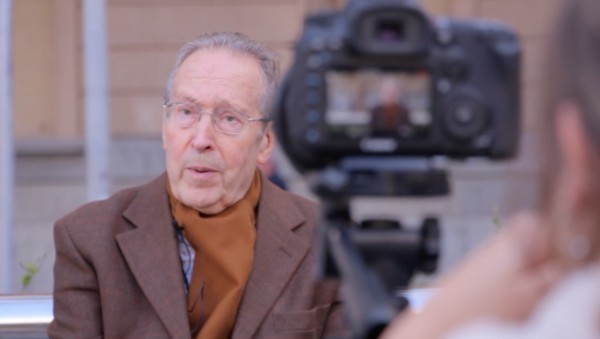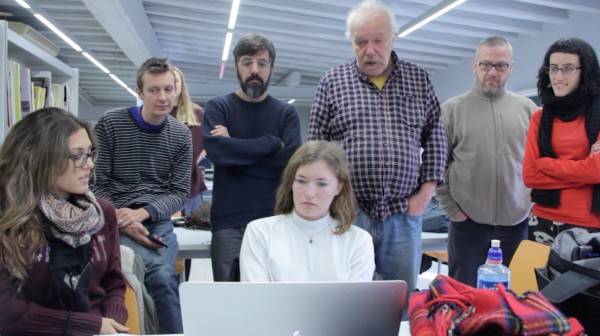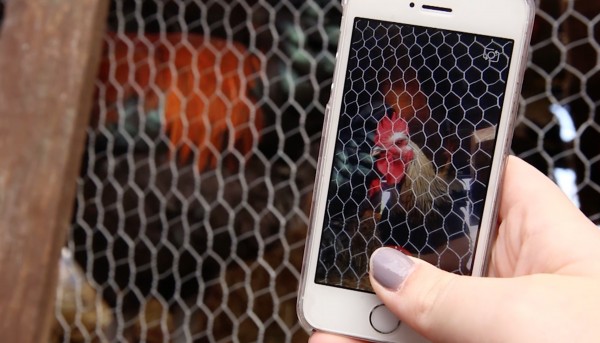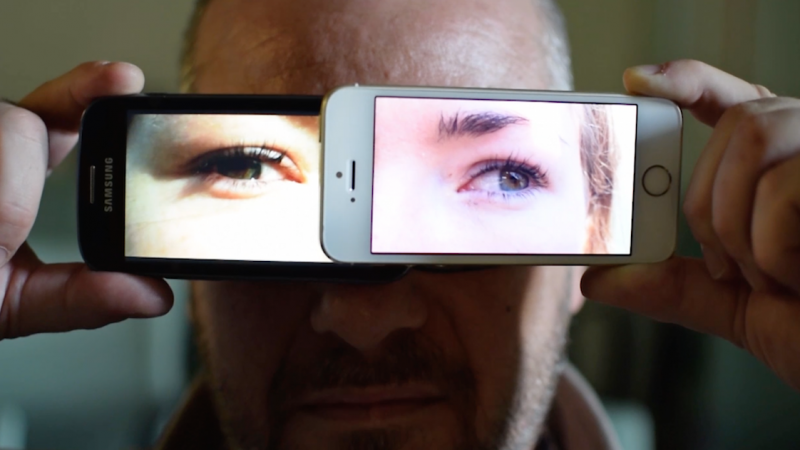Artistic experiences - process
The square of the freedom: past, present and future.
The square of the freedom: past, present and future. Archival footage, historical memory and reinterpretation of reality
Place of the workshop:Â Reus, from 9th to 13th of December, 2015, involving Westerdals (NO), CIMIR (CAT) and transFORMAS (ES)
Place of the workshop:
CIMIR, Centre de la Imatge Mas Iglesias of Reus, Plaça Ramon Amigó, 1, 43204 Reus
Freedom Square in Reus
Spanish professionals
- Anna Figueras, director CIMIR
- Thomas Louvat, artistic director transFORMAS
- Guillem Llotje, technical coordinator transFORMAS
- Roger Lapuente, filmmaker transFORMAS
Norwegian professionals (Westerdals)
- Morten Thomte, filmaker and teacher
Partners and students:
Partners:
Westerdals  www.westerdals.no
Universitat Rovira i Virgili www.urv.cat
Escola d’Art de Tarragona www.dipta.cat/eadt
transFORMAS, artes escénicas y transformación www.transformas.es
Centre de la Imatge Mas Iglesias de Reus www.museudereus.cat
Spain: Alex Romero, Nùria oliveres Montero, Juli Nomdedeu Xambrot, Sioba Grande, Sergi Miró Victorio, Romina Fabiana Sánchez
Norway: Synne Haakensteuen, Wilde Siem, Thea Marie Mosta
Participants are students from three different disciplines: art, audiovisual and communication. They come from the Oslo School of Arts, Communication and Technology in Norway, the Rovira i Virgili University and the School of Art of Tarragona in Catalonia.
Archives used:
Archives from CIMIR – Freedom Square.30 minutes.
CIMIR archives were used. The Image Center Mas Iglesias of the City of Reus takes care of the audiovisual legacy of the city, including documentary and artistic heritage. It is located in a nineteenth century old country house; it includes exhibition spaces, training rooms and photographic laboratories. The Centre has around three hundred thousand photographies and about seven thousand films. Most of them are local collections; pictures made by recognized photographers in Reus, or have been donated by the citizens.
The CIMIR has made available to students during the workshop about 30 minutes of footage archives from the Freedom Square of Reus.
Methodology:
For the workshop of Reus, we propose a reflection in the geographical area of the Freedom Square and a temporary space between the past, the present and the future. The reflections will go around the changes in the time and the perception of this space for the people of different generations that have lived the evolution of the city.
The venue chosen is the Freedom Square that for years has lived several quite radical changes in political circumstances. It is a very significant place in the town center.
To work, three small groups will be created composed by one student from the University of Oslo, one student of the URV and one student of the School of Art. Accompanied by professionals of the cinema, communication and scenic arts, they created three short film based on the images of archive of the Square of the Freedom and the current images shooting during the workshop depending on the needs of the script.
The groups responded to common rules.
- You have to use images of archive from Freedom Square in Reus
- You can record new images of the square
- You can interview people living in Reus
- You cannot use sound files. You can compose a new soundtrack.
- Each group must add at least one element of fiction in the story
- The final film has to last 3 minutes
In addition, each group had to work in a different temporality and respect the following features:
Group 1: The past
Group 2: The present
Group 3: The future
Also the aim was to stimulate in the participants the wish of learning of digital tools through the manipulation of archives file (register, edition of images, digital edition, sound…).
Students have at their disposal:
- A workroom in the CIMIR where they could write, search for information online, edit images and view files.
- The space Freedom Square to film reality, observe, compare.
- The possibility of interviewing people living in Reus of different generations. He met for example older people who could give a historical perspective, to young people about their projections into the future and a person responsible of city planning to better understand the evolution of the square.
The workshop will develop in three phases:
- Presentation of the methodology of the workshop. Contact and confrontation with the images of files of the CIMIR (memory of the city of Reus), creation of the groups of work.
- Location of places in the city, writing a script. Interviews of the citizens that live near of the square.
- Setting, edition and visualisation of the results. Evaluation of the work realized
Results:
Three short films that can be considered as a single artistic work with three different views were made:
The Freedom Square, Reus, December 2016
- Past (Alex Romero and Wilde Siem)
- Present (Thea Marie Mosta and large Sioba)
- Future (Synne Haakensteuen, Nùria Oliveres Montero)
La plaza de la libertad: pasado, presente, futuro. Imágenes de archivo, memoria histórica i reinterpretación de la realidad.
Workshop, Reus, del 9 al 13 de diciembre, 2015, con Westerdals (NO), CIMIR (CAT) and transFORMAS (ES).Â
 Lugar del workshop:
CIMIR, Centre de la Imatge Mas Iglesias, Reus, España.
Plaza de la Libertad, Reus.
Profesionales españoles
- Anna Figueras, directora CIMIR
- Thomas Louvat, director artÃstico transFORMAS
- Guillem Llotje, coordinador técnico transFORMAS
- Roger Lapuente, documentalista transFORMAS
Profesionales Noruegos (Westerdals)
- Morten Thomte, realizador y docente
Participantes:
Entidades:
Westerdals www.westerdals.no
Universitat Rovira i Virgili www.urv.cat
Escola d’Art de Tarragona www.dipta.cat/eadt
transFORMAS, artes escénicas y transformación www.transformas.es
Centre de la Imatge Mas Iglesias de Reus www.museudereus.cat
España: Alex Romero, Nùria oliveres Montero, Juli Nomdedeu Xambrot, Sioba Grande, Sergi Miró Victorio, Romina Fabiana Sánchez.
Noruega: Synne Haakensteuen, Wilde Siem, Thea Marie Mosta
Los participantes son estudiantes de tres disciplinas diferentes: escuela de arte, de audiovisual y de comunicación. Provienen de la Oslo school of Arts, Communication and Technology en Noruega, de la universidad Rovira i Virgili y la escuela de Arte de Tarragona en Cataluña.
Archivos utilizados:
Archivos del CIMIR- Plaza de la Libertad. 30 minutos.
Se utilizaron archivos del CIMIR, Centro de la imagen Mas Iglesias de Reus. El CIMIR está encargado de la conservación de la herencia audiovisual de la ciudad. El centro tiene unas trescientas fotografÃas y setecientas pelÃculas que han sido depositada por familias de la zona i/o fotógrafos de Reus.
El CIMIR ha puesto a disposición de los alumnos del taller unas 30 minutos de imágenes de archivos de la Plaza de la libertad de Reus
MetodologÃa:
Para el taller de Reus, se propuso una reflexión en el espacio geográfico de la plaza de la Libertad de Reus y el espacio temporal entre el pasado, el presente y el futuro. Las reflexiones se han centrado en torno a los cambios en el tiempo y la percepción de este espacio para las personas de diferentes generaciones que han vivido la evolución de la ciudad.
La Plaza de la Libertad ha vivido durante años varios cambios bastante radicales en relación a las circunstancias polÃticas. Es un lugar muy importante en el centro de la ciudad .
Los estudiantes trabajaban en grupos pequeños compuestos por un estudiante de la Universidad de Oslo, un estudiante de la URV y un estudiante de la Escuela de Arte. Acompañado por los profesionales del cine, la comunicación y las artes escénicas, han creado tres cortometrajes basado en las imágenes de archivo de la Plaza de la Libertad e imágenes actuales grabadas durante el taller en función de las necesidades del guión.
Los grupos respondieron a unas reglas comunes.
- Cada grupo tiene que utilizar imágenes de archivos de la Plaza de la Libertad de Reus
- Se puede grabar nuevas imágenes de la plaza
- Se puede entrevistar a personas que viven en Reus
- No se puede utilizar el sonido de los archivos. Se puede componer una nueva banda sonora.
- Cada grupo tiene que añadir como mÃnimo un elemento de ficción en su relato
- El montaje final tiene que durar 3 minutos
Además cada grupo tuvo que trabajar en una temporalidad diferente y respectar las particularidades siguientes:
Grupo 1: el pasado
Grupo 2: el presente
Grupo 3: el futuro
Asimismo, el objetivo fue estimular en los participantes el deseo de aprendizaje de las herramientas digitales a través de la manipulación de imágenes de archivos (registro, edición de imágenes, edición digital, sonido … ).
Los alumnos tenÃan a su disposición:
- una sala de trabajo en el CIMIR donde podÃan escribir, buscar información en internet, editar las imágenes y visionar los archivos.
- El espacio de la plaza de la Libertad para poder grabar la realidad, observar, comparar.
- La posibilidad de entrevistar a personas que viven en Reus de diferentes generaciones. Se entrevisto por ejemplo a personas mayores que pudieron dar una visión histórica, a jóvenes que viven más el presente y se proyectan fácilmente en el futuro y a un responsable de urbanismo de la ciudad para entender mejor la evolución de la plaza.
El taller se desarrollo en tres fases:
- Presentación de la metodologÃa del workshop. Contacto y confrontación con las imágenes de archivos del CIMIR (memoria de la ciudad de Reus), creación de los grupos de trabajo.
- Localización de los lugares importantes de la ciudad , escritura de un guión. Entrevistas de los ciudadanos que viven cerca de la plaza.
- Grabación, edición y visualización de los resultados. Evaluación del trabajo realizado.
Resultados:
Se realizaron tres cortometrajes que pueden considerarse como una sola obra artÃstica con tres visiones distintas:
La Plaza de la Libertad, Reus, diciembre 2016
1- El pasado (Alex Romero and Wilde Siem)
2- El presente (Thea Marie Mosta and Sioba grande)
3- El futuro (Synne Haakensteuen, Nùria Oliveres Montero)
